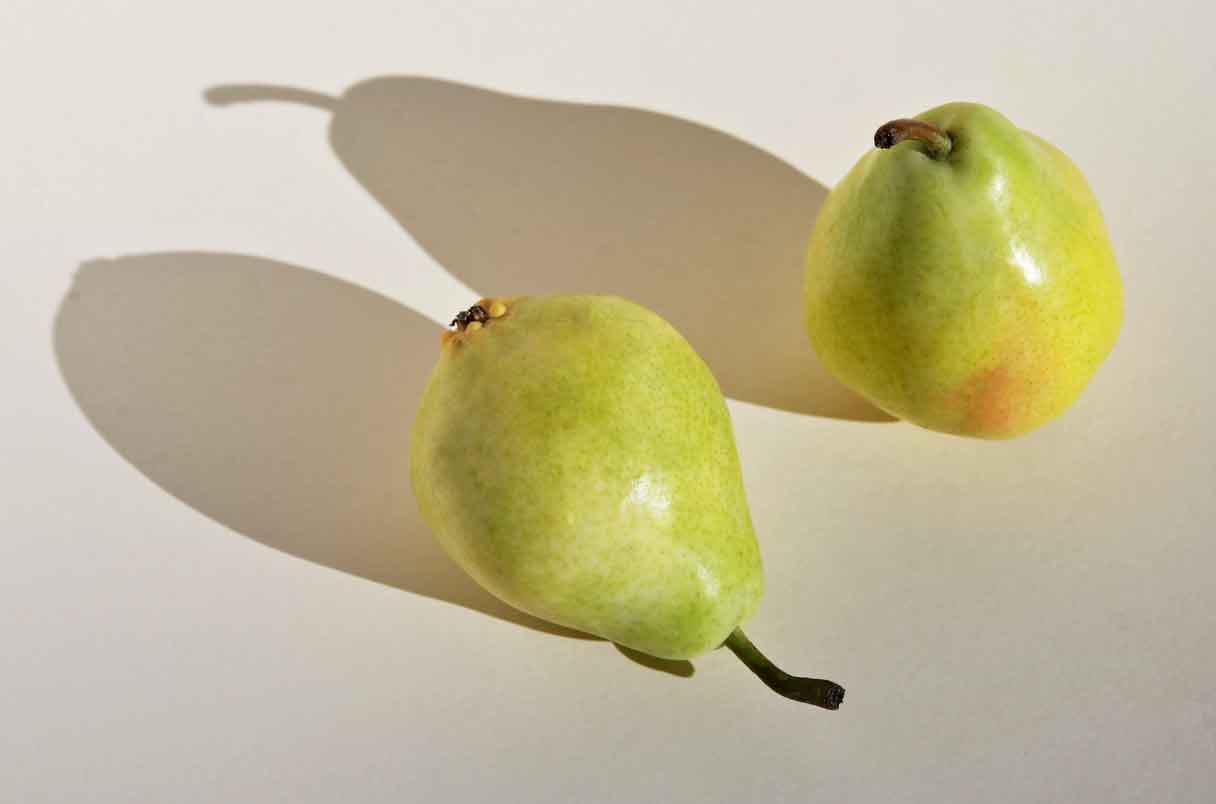plinth
nounA block or slab on which a pedestal, column, or statue is placed.
nounThe base block at the intersection of the baseboard and the vertical trim around an opening.
nounA continuous course of stones supporting a wall.
nounA square base, as for a vase.
nounIn architecture, the flat square table or slab under the molding of the base of a Roman or Renaissance column, of which it constitutes the foundation, and the bottom of the order; also, an abacus; also, a square molding or table at the base of any architectural part or member, or of a pedestal, etc. See phrases below, and cuts under base, column, and capital.
nounA gymnastic apparatus, a vaulting-box, consisting of several woodensections placed on top of one another, so as to make possible variations in height.
nounAn apparatus used in therapeutic gymnastics on which the patient sits or lies.
nounIn classical architecture, a vertically faced member immediately below the circular base of a column; also, the lowest member of a pedestal; hence, in general, the lowest member of a base; a sub-base; a block upon which the moldings of an architrave or trim are stopped at the bottom. See
A
The bottom




